Hawaii Tiki
In ancient mythic Hawaii, from fire spewing volcanos to powerful crashing surf, ancient Hawaiians filled their amazing land and history with tiki gods. Ancient oracles of Hawaiian kahunas perched on volcanic cliffs, carved wooden tikis peering through the rainforest, mystic caves along the cost and great tiki god temples of sacrifice were located amongst the Hawaiian tiki villages and islands. They were worshipped through human sacrifice, chants (for wealth, death or love), prayers, surfing and lava sledding.
Prior to the arrival of the missionaries in 1820, Hawaiians believed in many gods.The four main gods were Kane, Ku, Lono and Kanaloa. Demi-gods included Pele and many others. Kane was the god of sunlight, fresh water, and natural life. Ku was the god of war and the male generating power. Lono was the god of peace, fertility, winds, rain and sports. Kanaloa was god of the ocean; Pele, the goddess of fire. The complexities of the relationships between all Hawaiian gods are explained in many legends.
Each Hawaiian family had its own aumakua (personal god) which protected them. For some it was the shark, others the pig, and so on. It was thought that spirits could communicate to the living through dreams and often appeared in the form of the family’s aumakua.
In Hawaii, the tiki statue is called ki’i and one of the best places to view them is at Puuhonua o Honaunau on the Big Island. Once a sanctuary for ancient Hawaiians who broke the kapu or tribal taboos, Puuhonua o Honaunau is now a beautifully restored national park.
Religious practices in Hawaii were a part of the history of the tiki. The tiki statues were often representations of the four main Hawaiian gods, Kane, Ku, Lono, and Kanaloa and the expressions on the ki’i would mirror the personalities of the gods. Only the highest-ranking tribesmen were allowed to work on creating the tiki.

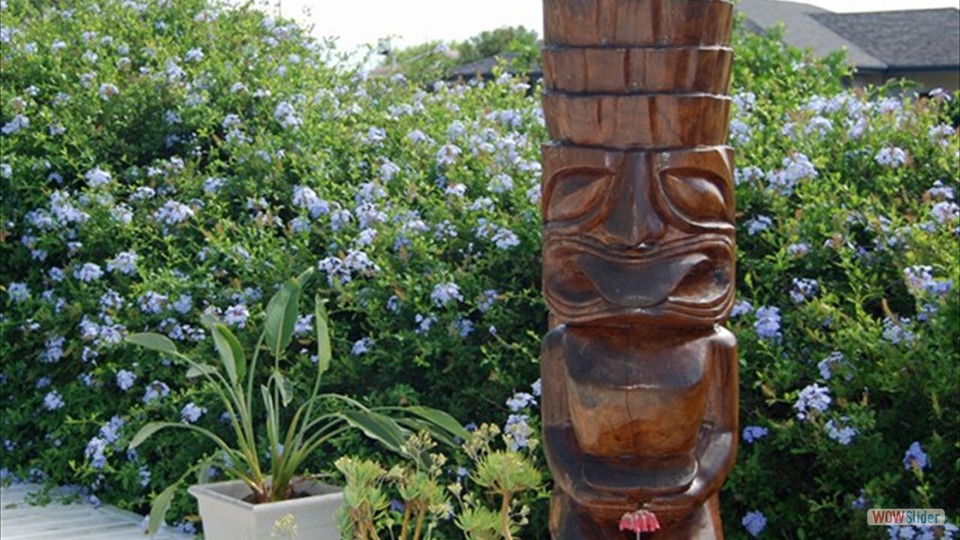
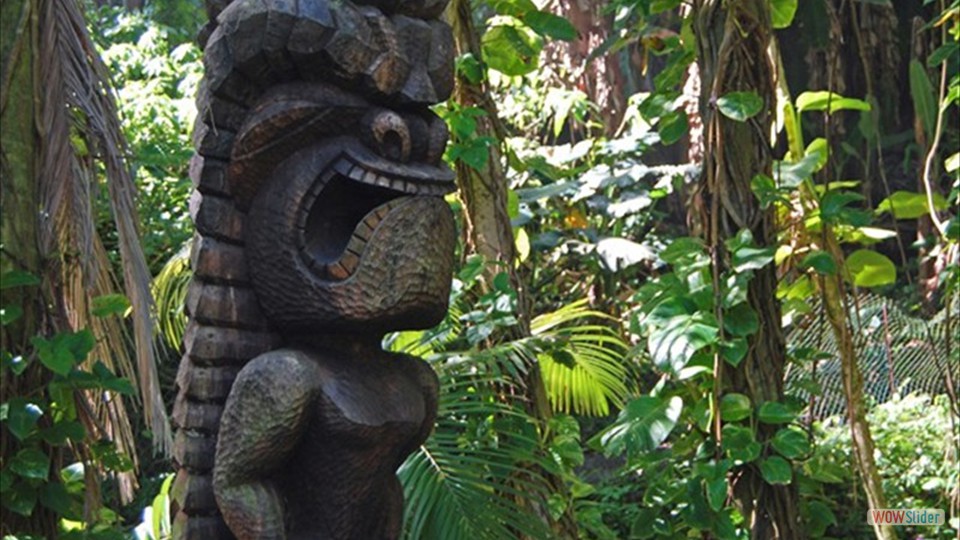
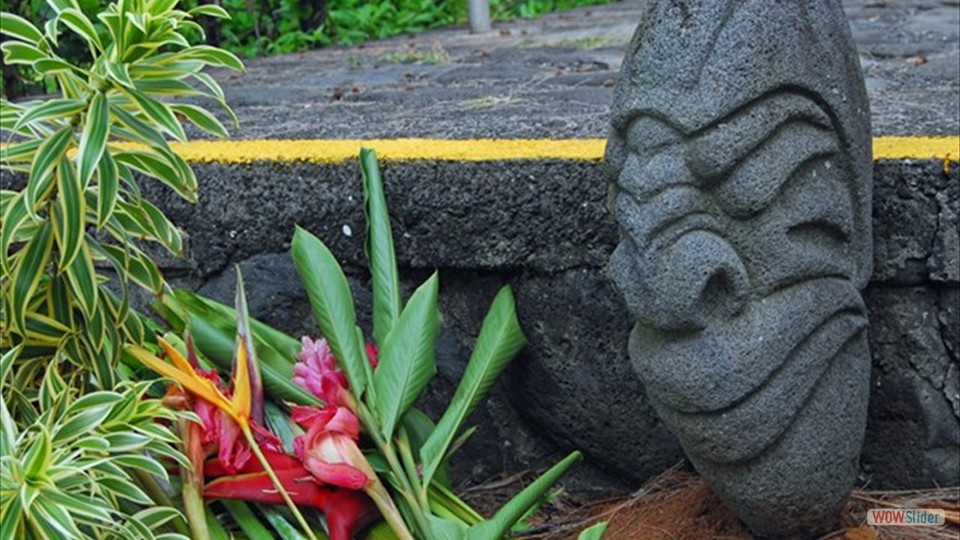
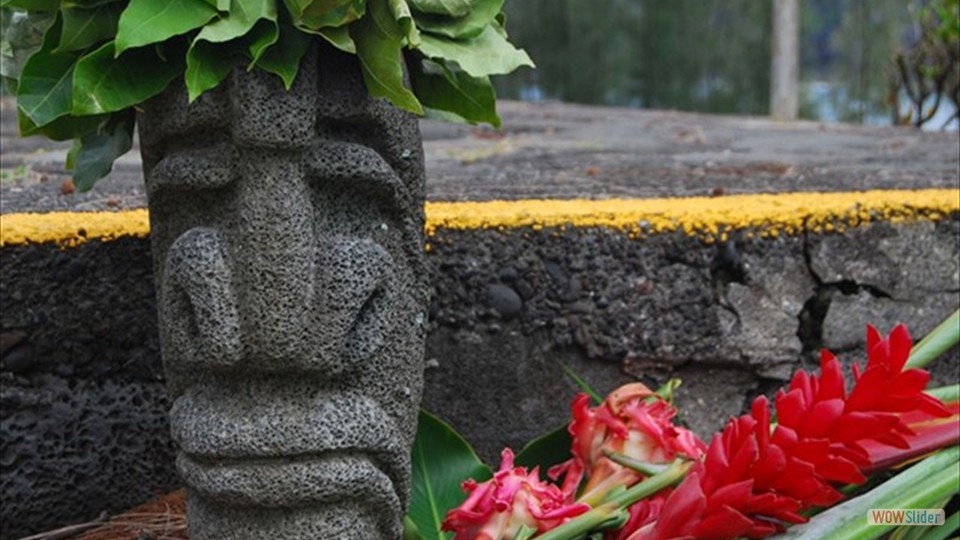
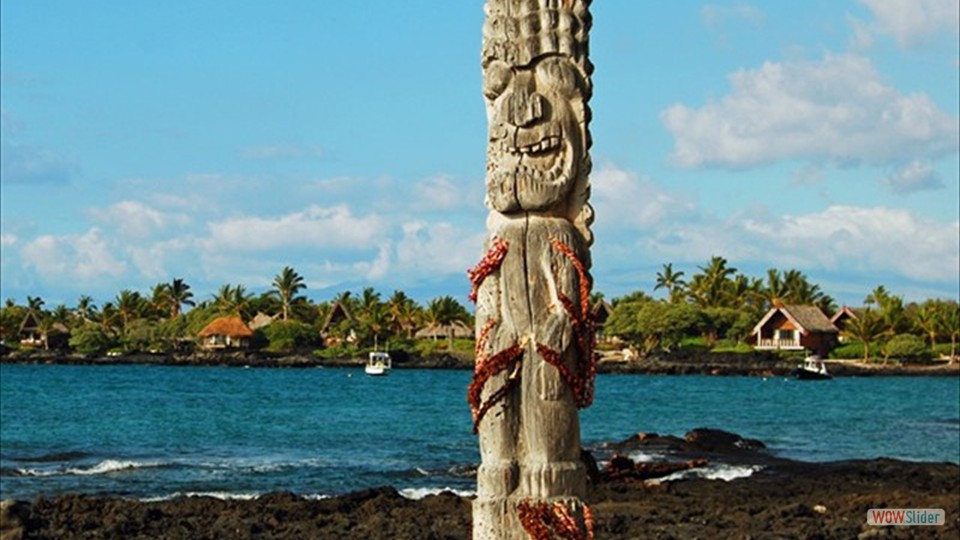
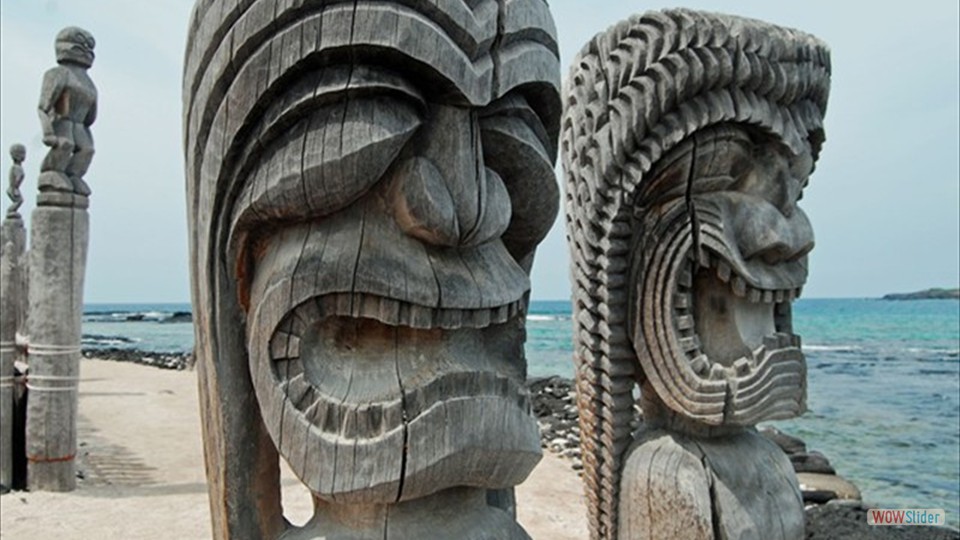

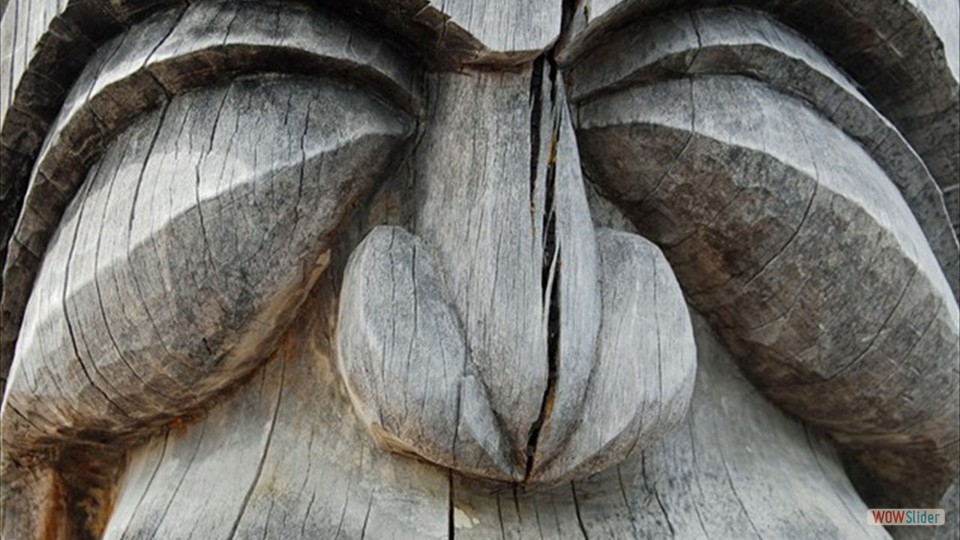
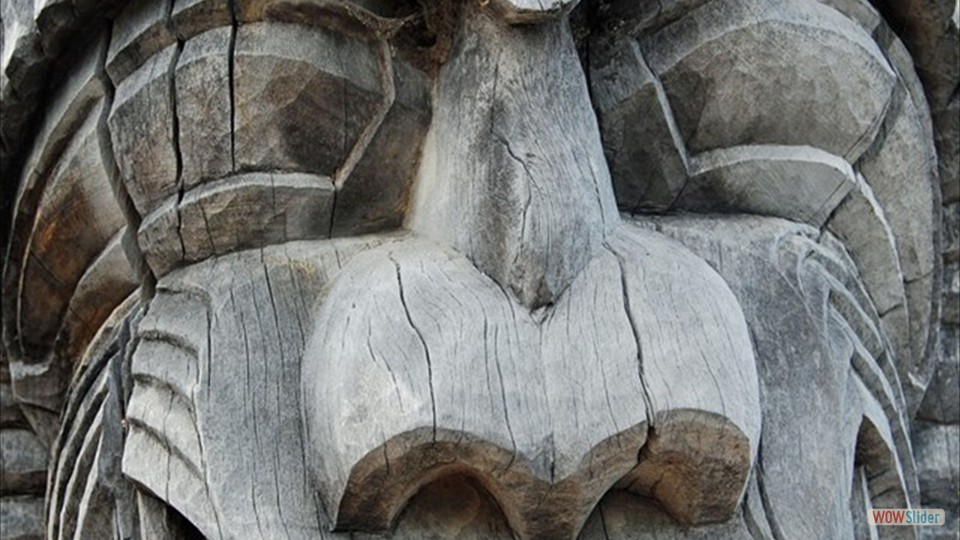
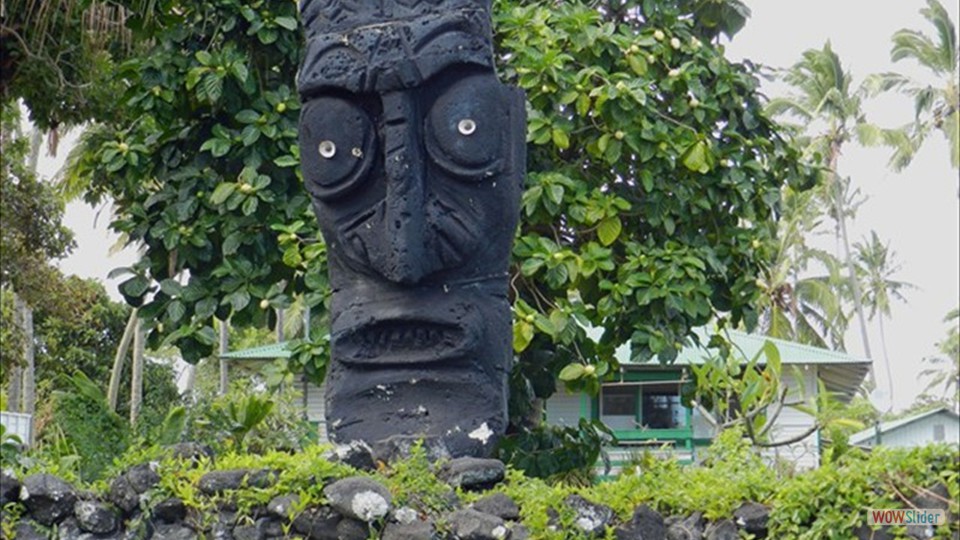
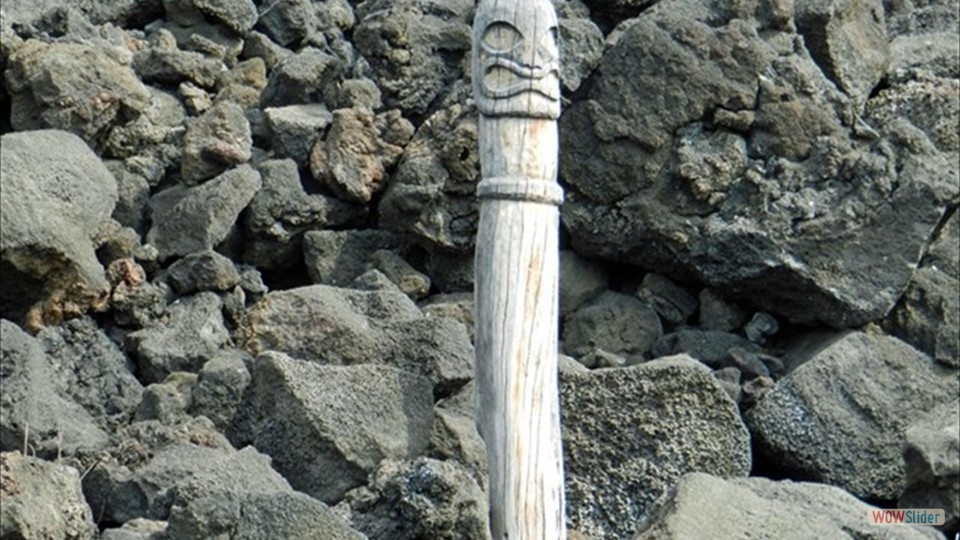
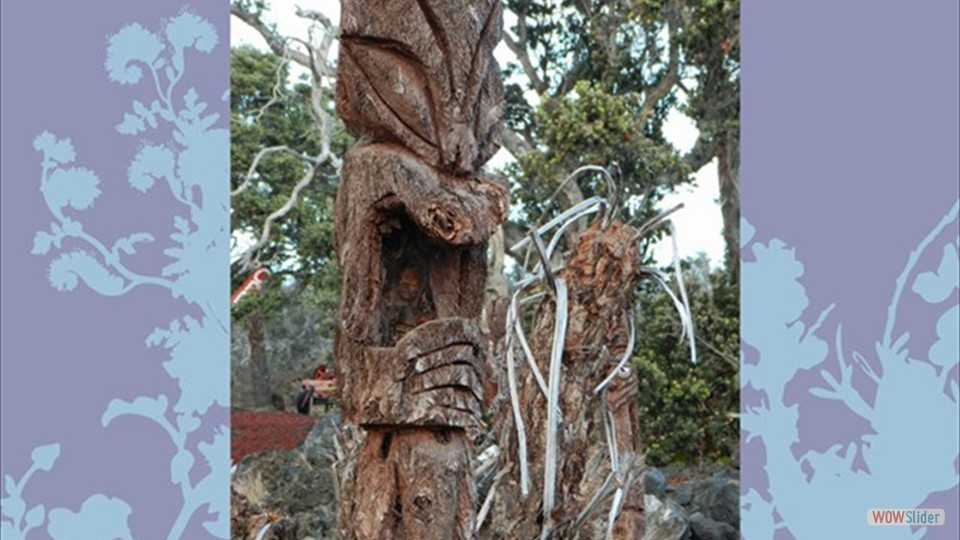
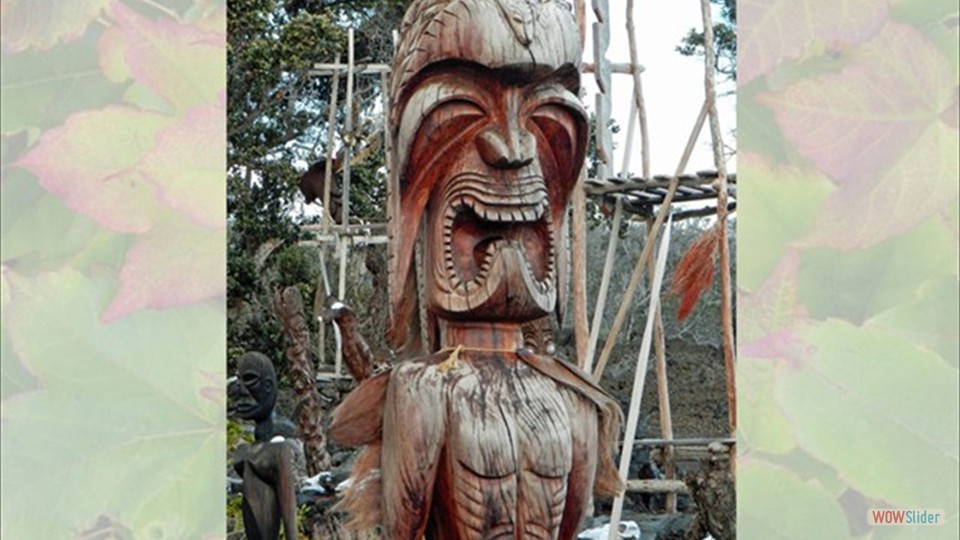

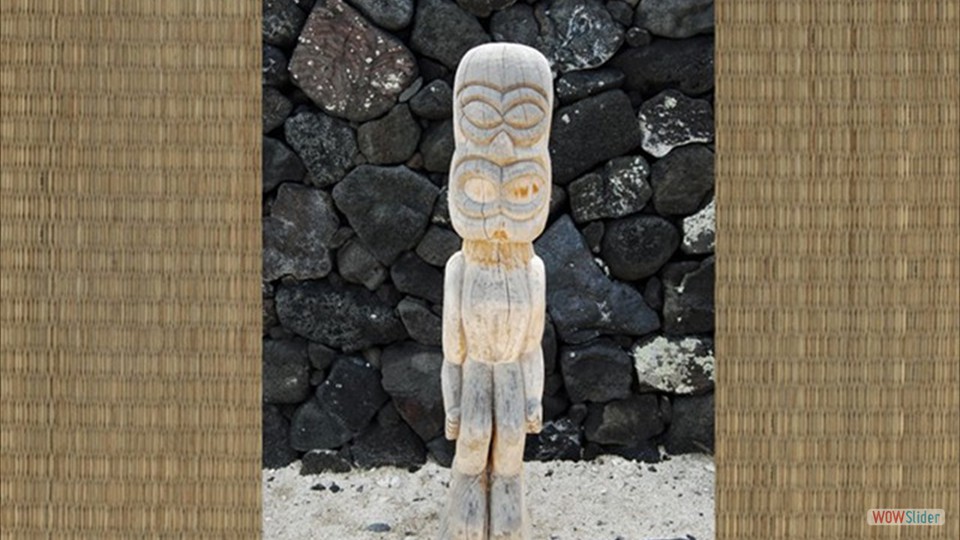

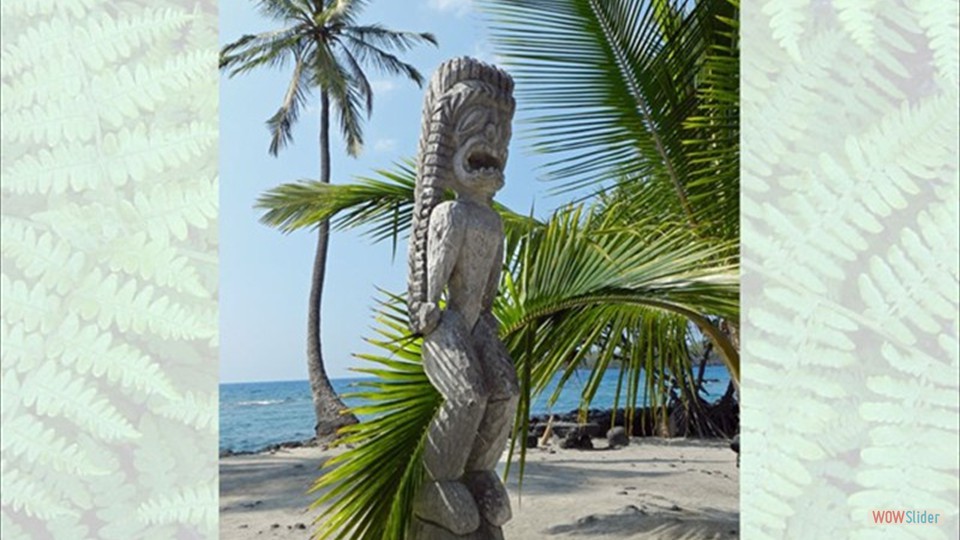
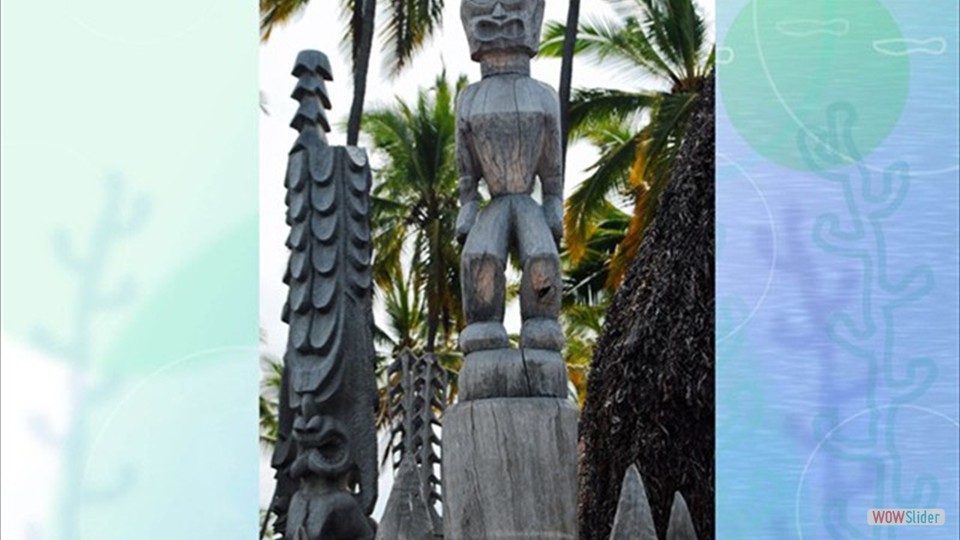

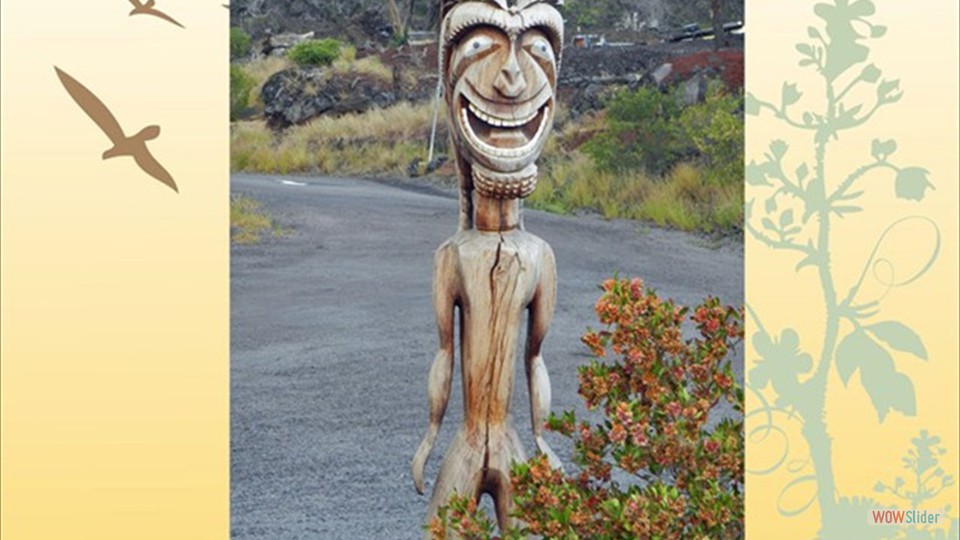
 1
1 2
2 3
3 4
4 5
5 6
6 7
7 8
8 9
9 10
10 11
11 12
12 13
13 14
14 15
15 16
16 17
17 18
18 19
19 20
20